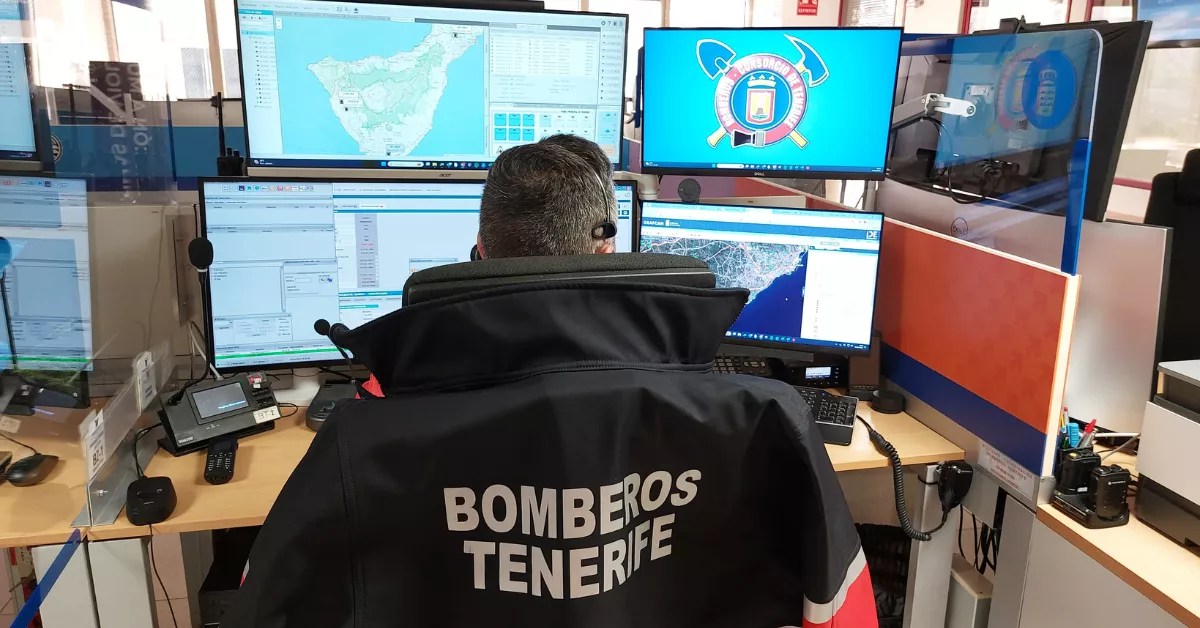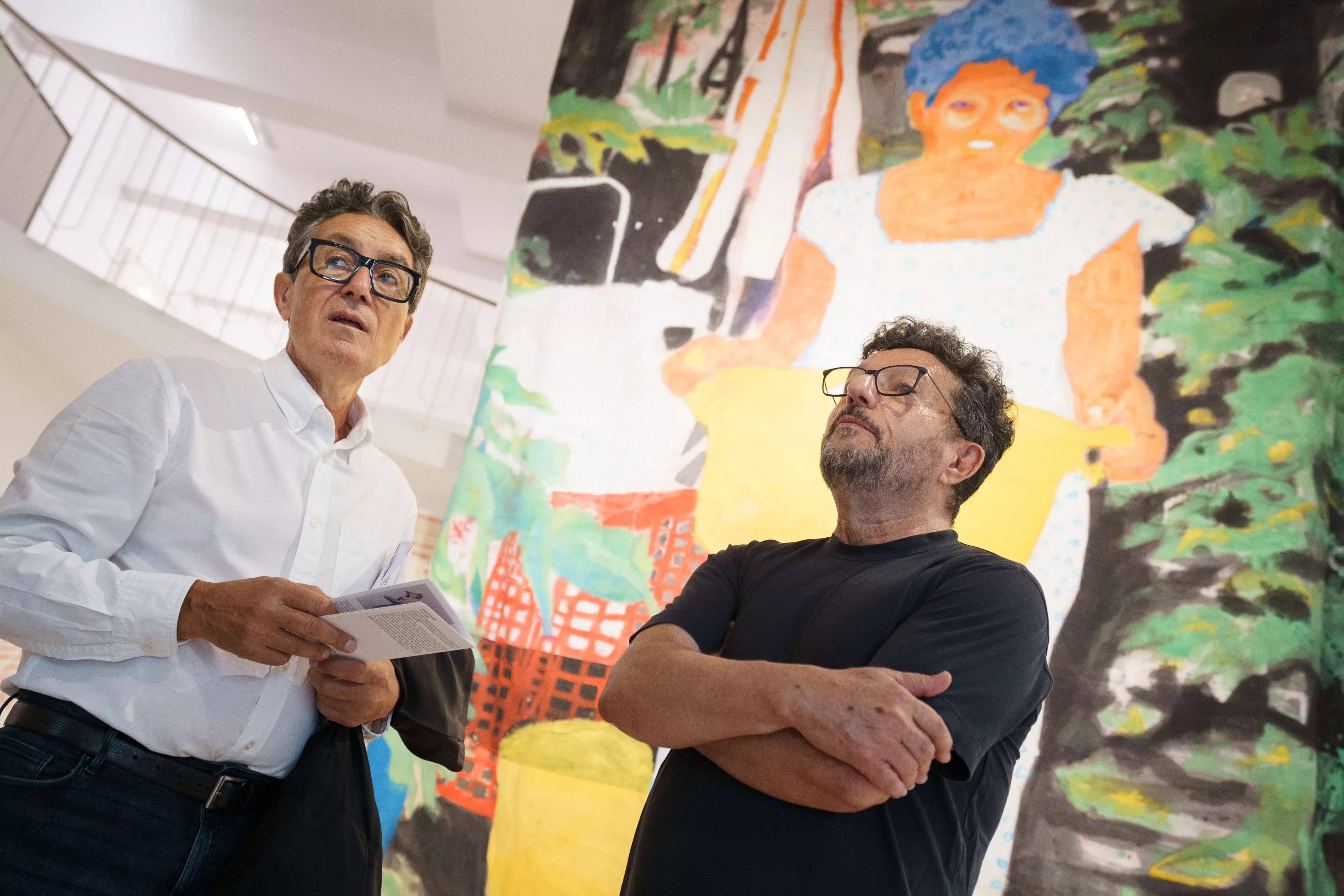Officially the operation lasted for 37 days. That was the time that passed from the moment in which the oceanographic researcher Ángeles Alvariño began to trace the eastern slope of the port of Santa Cruz de Tenerife and until the body of little Olivia was located. In just over a month, an area of 250 square kilometers was mapped and 392 hours of filming were recorded.
The Angeles Alvariño research vessel is a key player in the judicial proceedings opened as a result of the disappearance ofand Olivia and Anna. The vessel of the Spanish Institute of Oceanography (IEO-CSIC) participated in the search for Tomás Gimeno and his daughters from May 30 to July 1, 2021. During that period, in addition to managing to recover Olivia’s body submerged at more than a thousand meters, the members of this operation recorded 392 hours underwater filming and mapped 250 square kilometers of the Atlantic seabed [entre 100 y 2.000 metros de profundidad]. The mission seemed impossible when on May 20 a court order was received at the Spanish Institute of Oceanography to assemble a specialized team: the expedition that left El Ferrol on May 23 was made up of five scientists, eight engineers and eleven crew members .
250 square kilometers of seabed mapped and 392 hours of filming completed
The IEO-CSIC recruited a working group with extensive training and an expert in “impossible” searches to set up a floating laboratory that, in addition, left Galicia for the Canary Islands equipped with an unmanned scientific submarine (ROV) Liropus 2000, which is designed to conduct observations and collect samples at depths of up to 2,000 meters. On the first outing of the Ángeles Alvariño, mapping and analysis of the morphology and types of seabeds on which the initial raids were to be concentrated began: the management had established 12-hour work shifts to avoid interrupting the lateral sweeping maneuvers with the aim of ensuring a cartography of the area at 15×15 meter resolution and four more at 5×5 resolution. This was done following the instructions provided by the Civil Guard investigators.
Javier Ruiz, director of the IEO, believes that the discovery of Olivia’s remains was a world milestone
At the same time, a side-scan sonar was started up, which, once the first phase was over, was supplied with the mapped information to start operating in a synchronized manner. This was the area delimited from the geolocation of Tomás Gimeno’s mobile signal by specialists from the Civil Guard’s Central Operational Unit (UCO). “The possibility of locating an object of such small dimensions at such great ocean depths is undoubtedly a world milestone”, says Javier Ruiz, director of the IEO, without losing sight of the fact that “it is only necessary to see the number of wrecks from Centuries ago at the bottom of the sea. And it is that the mission assigned to Ángeles Alvariño is comparable to the order to look for a needle in a haystack.
Both the oceanographic and the underwater robot are equipped with a positioning system that allows scientists, first, to position the ship with enormous precision in the necessary coordinates, second to position the ROV in the depths with the same degree of accuracy and, finally, , ship and ROV are capable of moving together, preventing the umbilical cable that unites them and transmits all the information from becoming entangled or damaged. This maneuver is extremely complex due to the gusts of wind and, above all, the waves that exist on the sea surface.
During its expedition to the Canary Islands, the Ángeles Alvariño tested a side-scan sonar that allows a much more detailed image of the seabed to be obtained by means of acoustic pulses. All that technology ended up providing good news on June 10, the day the IEO achieved an impossible task: recovering Olivia’s body.
10,000 euros for each day of work
The Ángeles Alvariño bears the name of a Spanish oceanographer, zoologist and teacher -she was the first woman to work in an oceanographic with a UK flag-, she was baptized in February 2012 in La Coruña and is a clone of the Ramón Margalet (2011). . The design of the boat and the technology it uses are Spanish-made and up to 20 million euros were invested in its construction. Both the Ramón Margalef and the Ángeles Alvariño completed several scientific missions during the eruption of the Tajogaite volcano (La Palma). The maintenance of this boat for each day of work is 10,000 euros [combustible, operatividad de sus equipos científicos y personal que viaja a bordo], with which the cost of the commission carried out in Tenerife last year far exceeds 400,000 euros. Before finding a diving bottle and a Nordic one (June 7) that were related to the disappearance of Olivia and Anna, his cameras captured almost everything: electrical appliances, sunken ships, tires… During the month or so that he remained in Tenerife waters entered the port on several occasions to carry out maintenance work and repair some anomalies recorded in the sonar. This floating laboratory is equipped with the latest advances and some of them were tested on the Island. | JD
















